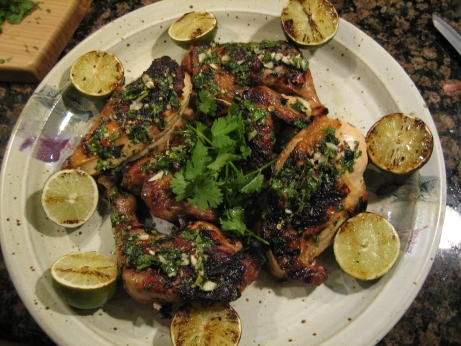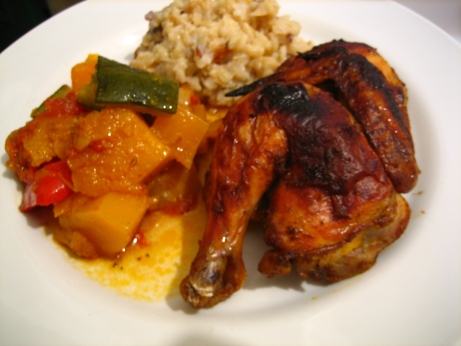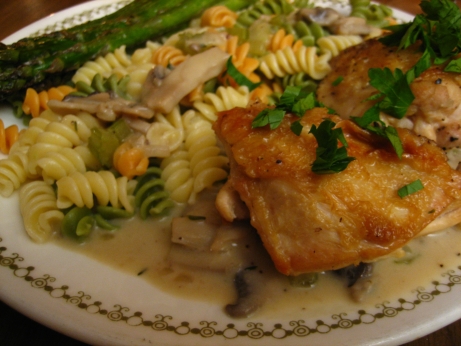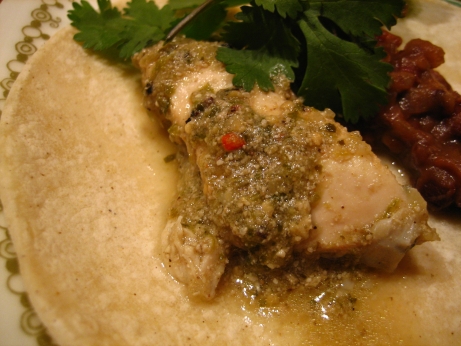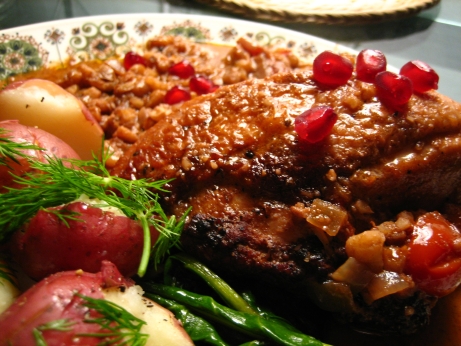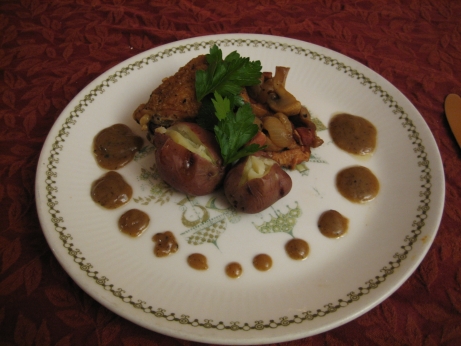The Book is at it again. I’m beginning to understand that when the blurb before the recipe mentions comfort food, I’m in for a boring dinner. This time it’s comfort food, Hawaiian style.
I’ve just started to get to know Hawaiian food through a few of the recipes in The Book. I don’t have a good sense of it, I’m not clear on what they’re going for, or trying to be. They’re all a little bit odd, using unexpected ingredients, in initially strange combinations. I get the sense that there’s an underlying culinary theory that just hasn’t been explained to me, and if I could tune into it, all these dishes would just come together. I visited my aunt in Hawaii several years ago, but we mostly ate Korean barbecue, and Japanese soups. I missed out on the luau experience, without even trying the cheesy pupu platters and grass skirts kind. I’d dearly love to be invited to someone’s back yard for the real deal. Maybe thinking of this luau classic as fortification for a night of hard partying gets me a bit closer to groking it.
The recipe is really straightforward. You start by simmering chicken thighs with ginger and salt, then let it cool. You then remove the skin and bones, and shred the meat. The broth gets strained, and brought to a boil with water, bouillon cubes (not stock), onion, and dried shiitakes. You then add bean thread noodles, cook for a few minutes, then allow the dish to sit for half an hour while the noodles absorb the broth. You then add the chicken, reheat the soup, and stir in scallions just before serving.
The preparation went easily, except for cutting up the bean thread noodles into 3 inch lengths. Those things are incredibly tough. I’ve never used them before, and I was expecting that they’d break apart like rice noodles, but I practically had to get the power tools out to get the job done. Kitchen scissors were an abject failure, my chef’s knife just turned on the noodles and tried to cut me, and hitting them with a cast iron frying pan made me feel better, but inflicted very little damage. In the end my bread knife did the job, but sent little bits of adamantium noodle all over the kitchen. Next time I think I’ll get out the pruning sheers.
After all that noodle cutting effort, I was hoping for a tasty dish, unfortunately this was as bland as it gets. You’d think that ginger and mushrooms would bolster the chicken and make a satisfying soup, but all that flavour just disappeared. It tasted like a weak broth, with a hint of ginger, and some washed out watery chicken chunks. I liked the noodles quite a bit, they had a fun texture, and they seemed to concentrate what little flavour there was in this dish. This recipe makes a whole lot of very bland soup, so I had to get creative with the leftovers. Stirring in some sriracha chile sauce, and swirling in a beaten egg improved things considerably.
Another lesson I’m learning about Hawaiian food is that the name of a dish is a pretty poor clue as to what you’ll be served. Chicken long rice is indeed made with chicken, but the rest of the name is a mystery. Maybe I’m just missing the point of this dish, but as it stands the only way I’d make it again is if I was serving someone on their deathbed and even the slightest titillation or elevation of their heart rate could push them into the great beyond. Those of us with many good years ahead can spend our dinners more wisely.
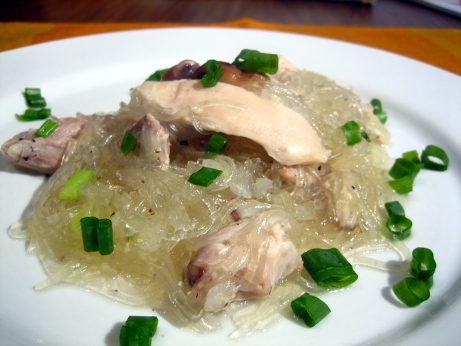
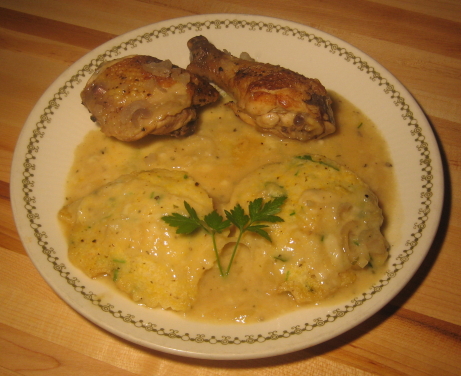
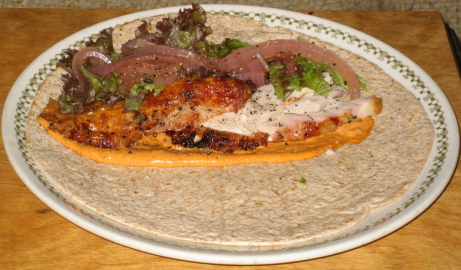
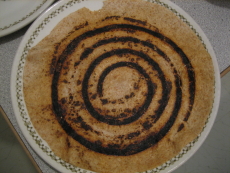 I wonder if they tested this on a gas stove and figured it would work out for electric too? or perhaps I’m missing something. My dining companion just shook her head and sighed while she watched me fill our kitchen with smoke.
I wonder if they tested this on a gas stove and figured it would work out for electric too? or perhaps I’m missing something. My dining companion just shook her head and sighed while she watched me fill our kitchen with smoke.